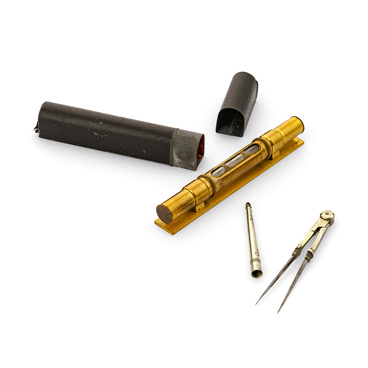Card games, like many other gambling games, have been known in Russia for a long time. They appeared as early as the 17th century, during the reign of Tsar Alexis. For a long time, card games were persecuted by both the government and the church. In the 17th century, players were even whipped, while the cards were confiscated and burned. Peter the Great tried to combat gambling in the army and navy. He issued a decree, according to which it was only allowed to bet up to one ruble (which was a significant amount of money at that time). Catherine II also issued a decree prohibiting the payment of gambling debts using bills of exchange or lending money for the settlement of such debts. Despite these measures, gambling continued under Paul and Alexander I. At the very beginning of the 19th century, those caught playing cards were tried in court and their names were reported to the emperor. However, those addicted to gambling and taking risks could not be deterred by any prohibitions.
Cards have always been played and are still played today. People play not only for money but also for fun. As a result, all family members, including children, can join in. Special card tables are produced. Different types of card decks are made for various games. There are even sets for playing cards.
The set presented in the Lipetsk Regional Museum of Local Lore consists of a wooden stand with three compartments, three plastic saucers for chips, and a wooden dog figurine for holding a pencil. The saucers are dark brown, matching the color of the wood. One of them features the image of two playing cards: the jack of spades and the king of hearts. On the right front part of the stand, there is a hole for inserting the dog figurine. A wooden pin is attached to the figurine’s base to secure it to the stand. The figurine is carved from darker wood. The dog has a short and wide snout with cross-shaped grooves indicating the nose and mouth. Black and white glass eyes are inserted into the recesses on the dog’s face. There is a through hole for the pencil on each side of the mouth.





